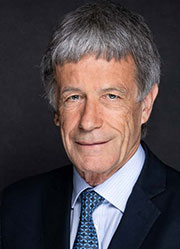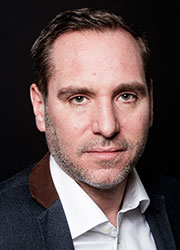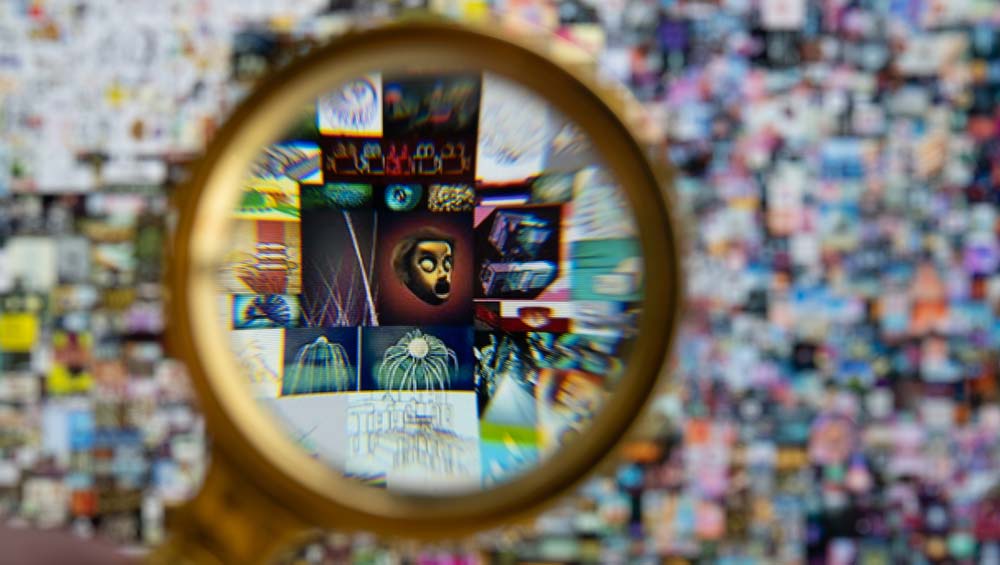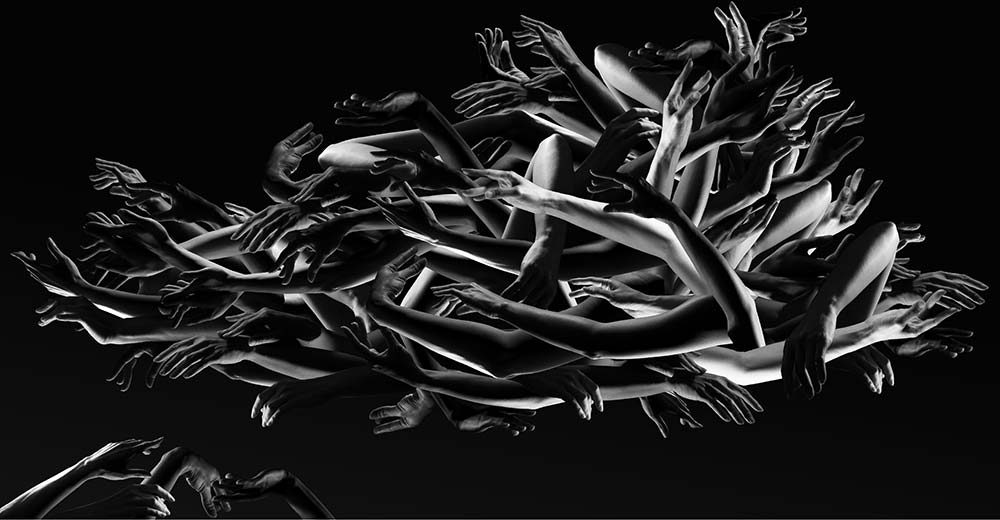Digital Ferraris
Mike Winkelmann, known by the pseudonym Beeple, is a trained computer scientist. In 2007, he began posting a digital image every day on the social media platform Tumblr. Later, he came up with the idea of lining up thumbnail versions of all the images he’d amassed over the years into a single JPEG file. He called this photo collage Everydays: The First 5000 Days and minted it into a non-fungible token (NFT). In March 2021, the NFT went under the hammer at Christies and fetched the astonishing price of USD 69 million – one of the highest sums ever paid for a work by a living artist.
Easy access
It was also historic as it was the first time Christies had auctioned a digital work which does not even exist physically. News of the spectacular transaction sent shock waves around the conventional art world – the crypto art boom had officially arrived. The question on everyone’s lips now is: how will NFT technology change art and the art world?

“It’s high time to discuss the complex phenomenon of crypto art from an interdisciplinary perspective,” says professor of law Rolf Weber. He and UZH Vice President Christian Schwarzenegger have therefore organized the Crypto Art Conference taking place at the Kunsthaus Zürich on Friday. The event will bring together experts from the fields of art, law and technology, including several UZH members.
NFTs, also affectionately dubbed Nifties, have been on the scene for around five years. Like crypto currencies, they are based on blockchain technology.
Producing a NFT only takes a matter of minutes: you load a digital creation such as a video, computer graphic or a photograph onto a special platform (OpenSea or Super Rare are two possibilities), and generate a signature. It is not the artwork itself, but the signature that is entered in the blockchain. “Under Swiss law, an NFT is not an asset that can be owned in the strict sense of the word,” explains Rolf Weber. “When you buy an NFT, you are not obtaining a property right, rather you have control of an uncopyable digital file.”
The temptation of the new and shiny
Why would collectors and investors want to buy something that they cannot touch or possess? Nicolas Galley is director of the Executive Master in Art Market Studies at UZH and has been following developments in crypto art closely for years. He is also one of the organizers of the Zurich Crypto Art Conference.

Galley believes the main reason for the boom in crypto art is the use of blockchain technology to restrict digital art: “The new and shiny is always tempting.”
Nifties have become popular as status symbols in the digital space in recent years. “They’re a perfect way to show off your wealth,” says Galley.
The algorithmically generated pixel art images Crypto Punks, for example, are traded for millions of dollars. “Having a Crypto Punk icon in your Twitter profile is equivalent to driving a Ferrari through the city on a Saturday afternoon.”
The NFT market is easily accessible for ordinary folk who are digitally literate. Making and trading NFTs is straightforward, even for audiences who otherwise have little interest in or knowledge of art.
All that glisters is not gold
In the last two years, however, the established art scene has also begun to take notice of crypto art, which in turn has fueled speculation and attracted fortune seekers. It has the feel of a Wild West gold rush at the moment, claims Galley.
But he thinks the crypto art market will soon cool down again. “The market is extremely volatile. It reminds me a little of the time just before the dotcom bubble burst in the late 90s. New technologies always initially attract a lot of attention and raise overblown expectations.”
Here to stay
NFTs are not going anywhere, however: “They are here to stay,” believes Galley. “This technology will lead to profound upheaval in the art business. It will change the way art is perceived, traded, valued and interpreted.”
Galley makes a distinction here between original digital art and the marketing of digital copies of paintings and other analog artworks in the medium of NFT technology. He thinks the latter is less relevant for the future development of art.
But for truly digital art which is difficult to convert into a material product, NFT technology represents a great opportunity. The trade of non-material works of art has hitherto been beset with problems, and NFT technology is likely to solve many of them, says Galley. “For example, it would have been a blessing for video artists back in the 1990s if certificates of authenticity based on NFT technology had been available. The same goes for the conceptual artists of the 60s and 70s who created ideas, not material works of art.”
Curation and guidance
“Genuine crypto art is set to shake up the art business considerably,” Galley predicts. At the same time, however, conventional stakeholders such as museums, galleries and art experts will remain important players, as they will be required to curate works of art, to guide audiences and to establish criteria for what is and is not interesting art in the long term. “It’s no coincidence that the very big boom in crypto art didn’t start until Christies, an established auction house, auctioned off an NFT,” he says. “Developments in crypto can be very confusing, so there’s a clear need for experts and institutions that can build trust.”
Galley advises potential buyers not to invest rashly. Those seeking a long-term investment, he said, must be prepared to follow the development of cryptocurrencies closely.
Gray areas in contract and copyright law
Investors should also inform themselves about the legal situation when buying NFTs. “You should make sure you know what rights you are actually getting with the purchase of an NFT,” explains Rolf Weber. The rights are set out in the specific contract belonging each NFT, called a smart contract, which triggers the change on the blockchain. The smart contract regulates, for example, whether a buyer may only use the NFT in private or also in public, who holds the copyright to the physical work of art, or who is liable in the event of a hacker attack.
“Laypersons who are not well versed in the legal realm often find themselves on uncertain ground when trading and using NFTs", says Weber. "Contract and copyright law are complicated, and there are many gray areas.”
These issues are also on the agenda at tomorrow’s Crypto Art Conference.

